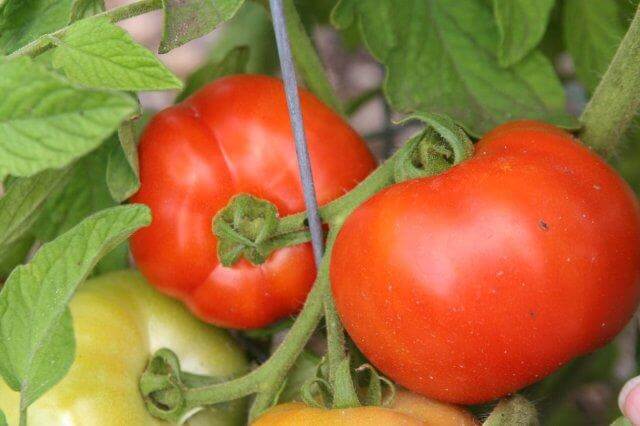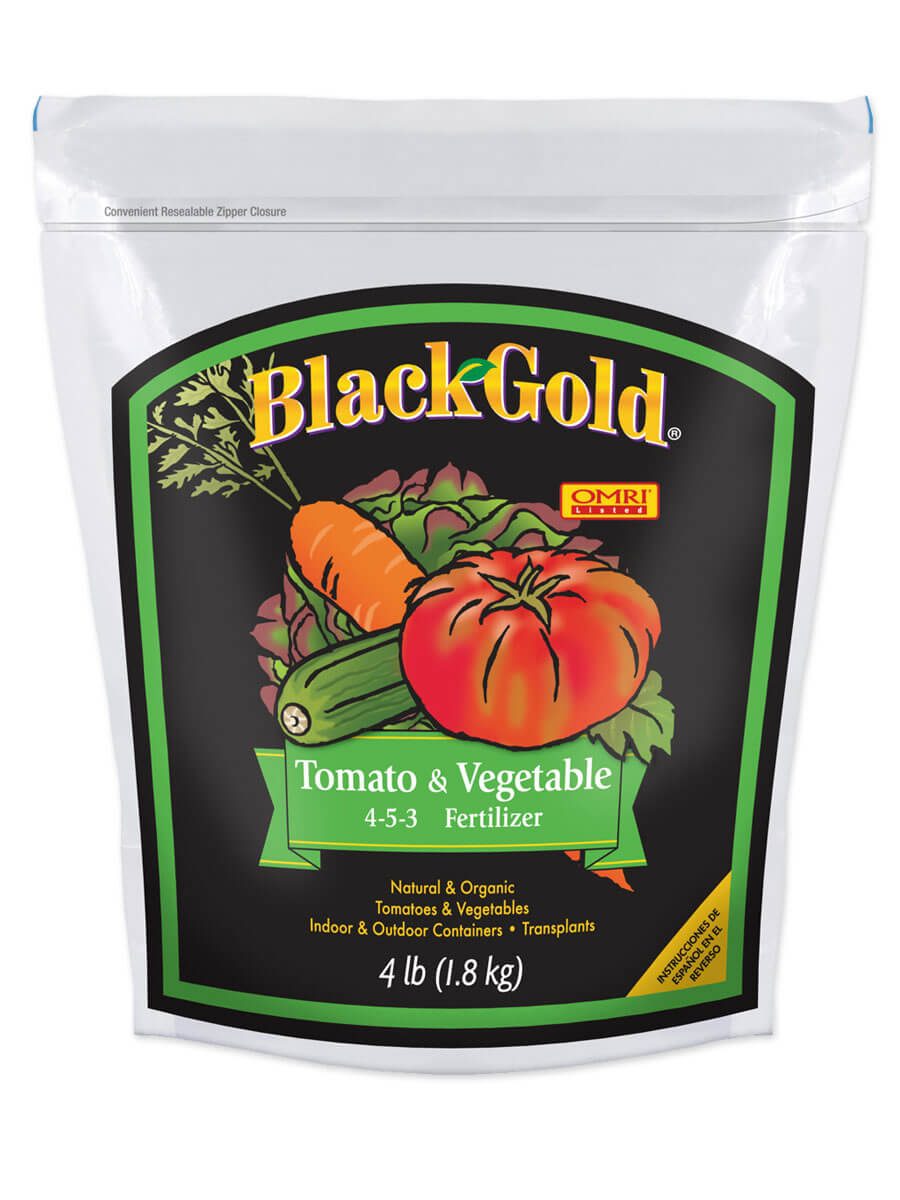
Out here in the dry western states, the growing season is far longer than most realize. We plant earlier, our plants peak earlier, and by the time the heat of late July and August rolls around, growth and yields have slowed considerably. This is partly due to temperatures flirting with 100 degrees Fahrenheit in low humidity, which halts flower production, slows fruit production, and stimulates pests, like wooly aphids and spider mites. Once the days cool at the start of September, the month of the Equinox, many summer vegetable plants like tomatoes start to flower again and will produce a secondary crop, but only under the right conditions.

The reason many plants don’t come back to production in fall is that they are nutritionally deficient. They’ve sucked up all the nutrients they can from the root zone. As soil nutrient content declines, so do the plants. To solve this problem you must plan ahead and apply organic fertilizer where it’s needed well in advance. This is because organic fertilizers take much longer to become available to plants than synthetic plant foods. Once in full effect, organics continue to support plants for months after synthetics have left the root zone.
To make sure the soil around your plants is ready to meet the needs of late season growth, you should ideally apply fertilizer in August, which is three months after the average planting date in the West. This gives soil microbes a month to process the organic nutrients so they’re fully available in early September. Yes, this is counter-intuitive for many who believe soil preparation at the start of the season is enough. But the truth is that veggies are annual plants and heavy feeders, so when they’re hungry and food is absent bad things happen.
Study insects in any garden, and you’ll find that they flock to the weakest plants first. Why? Weaker plants don’t have enough resistance to keep pests at bay; weak plants are where bugs build up their numbers before spreading to the rest of your vegetables in fall. If you experience a few very hot days or dry Santana winds, these nutritionally challenged plants will suffer wilt far more easily, too.
 The beauty of organic fertilizers is that they are slow to release. Use a claw to gently work the granules deeply into the soil around each and every plant. This should be done at least three times a season–at planting time, mid-season and again later in the season.
The beauty of organic fertilizers is that they are slow to release. Use a claw to gently work the granules deeply into the soil around each and every plant. This should be done at least three times a season–at planting time, mid-season and again later in the season.
This is also a good time to create water wells around your now much larger tomatoes, peppers and eggplants. This allows you to concentrate water directly over the root zone to carry fertilizer deeper in the ground for better results. While you’re out in the garden fertilizing, also take time to clip off leaves discolored by dieback, disease or pests. Plan to wash the garden down in the evening hours to remove dust and soil particles off of the foliage and to discourage any remaining pests from remaining there.
The old saying goes: “He who fails to plan, plans to fail.” Plan ahead this year by providing nutritional incentive for your organically grown veggies now, then enjoy the extended harvest that will provide fresh-picked vegetables into the holidays.

